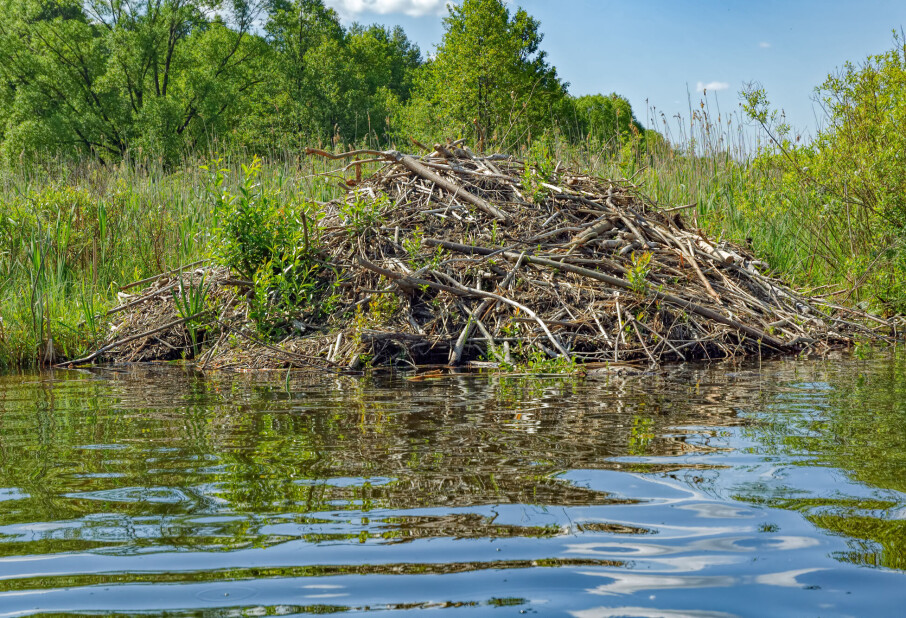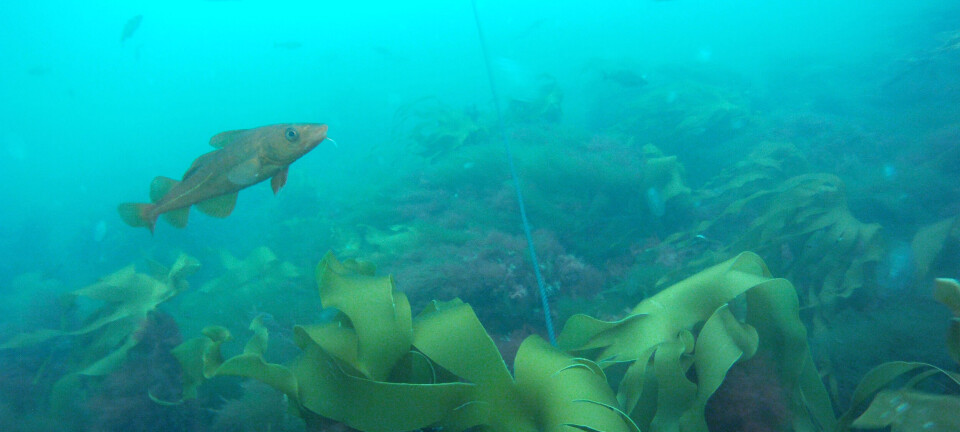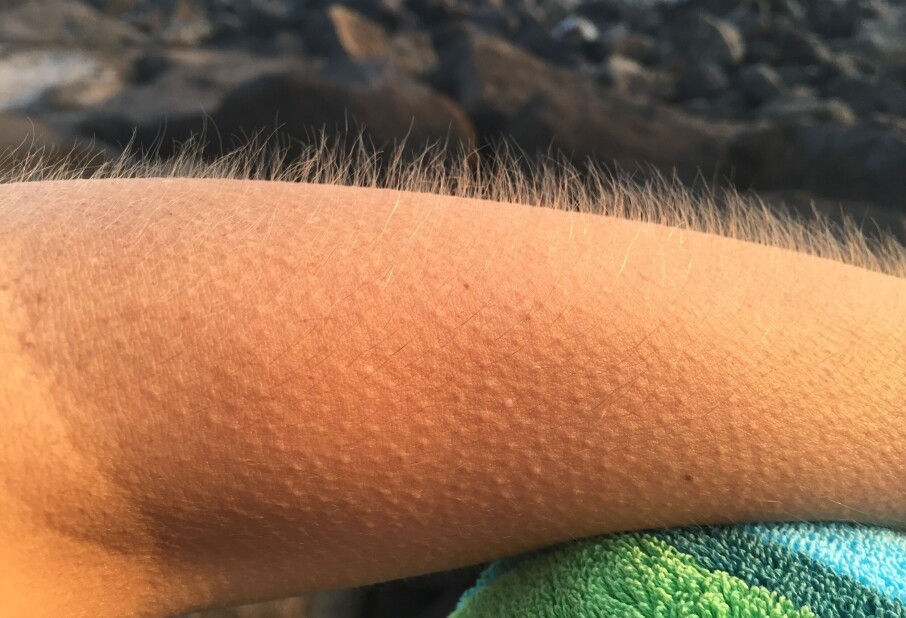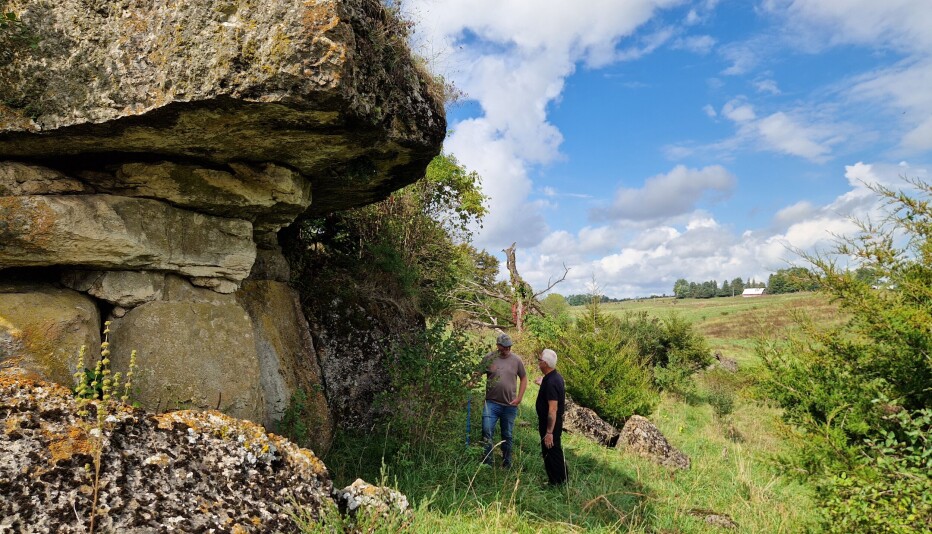
Vikings wiped out Iceland’s walruses
Walrus tusks were a luxury good, and the ungainly marine mammals probably didn't put up much of a fight when the Vikings came to the island country.
Once upon a time, Iceland was home to walruses.
But sometime in the distant past, these marine mammals disappeared, for reasons that have not been fully understood — until now.
Icelandic, Danish and Dutch researchers have just completed a thorough study to figure out why. It turns out that the Vikings probably played an important role in the demise of the Icelandic walrus.
The researchers combed through written sources, like the sagas, to find stories about hunting, and to look for old walrus-inspired place names in Iceland. They also used radiocarbon dating to figure out the age of skeletal remains and extracted DNA to do other analyses. They compared these findings with data from other walruses from the same time.
Found Norse place names that refer to walruses
The researchers’ studies of skeletal remains showed that walruses lived in Iceland for at least 7500 years before the first settlers arrived, and that the population was genetically unique.
Vikings came to Iceland in the mid-800s. By 870, they had begun to settle there.
The researchers found several place names mentioned in ancient texts that described places with lots of walrus. This confirms that the marine mammals cannot have died out before humans arrived.
The sagas and old writings don’t contain many hunting stories. But the researchers did find some references. The oldest, most detailed account they found was in the story of Hrafn Sveinbjarnarson. An injured walrus managed to escape to the sea in Iceland, but Hrafn the chieftain got the better of it. He sailed to Canterbury Cathedral in England with the skull and tusks to honour Bishop St. Thomas á Becket.
“This shows the value of walrus tusks during the Viking Age,” the researchers write.
Disappeared from Iceland in the 1200-1300s
The genetic studies gave no reason to believe that the disappearance of the walruses was due to them leaving Iceland on their own, because the researchers didn’t find genetic evidence of Icelandic animals in the genetic material of other surviving populations.
The walruses in Iceland disappeared a few hundred years after the Vikings arrived on the island. This led the researchers to conclude that the Vikings and their descendants hunted the population until it was exterminated sometime in the 13th - 14th centuries. Volcanic eruptions and warmer climates may also have contributed to their decline, but probably to a lesser extent.
“Our study provides one of the earliest examples of local extinction of a marine species following human arrival and overexploitation. It further adds to the debate about the role of humans in the extinction of megafauna, supporting a growing body of evidence that wherever humans turn up, the local environment and ecosystem suffers,” says Morten Tange Olsen, Assistant Professor at Globe Institute at the University of Copenhagen in a press release.
Skin used as rope and tusks as religious art
Bjørn Bandlien is a professor at the University of Southeast Norway who studies the Viking Age and the Middle Ages in Scandinavia. He thinks the new study is interesting, and confirms that walrus tusks were an important commodity in the Viking era.
“Many objects from England and northern Germany have been found to be made of walrus ivory. You find it in church art, for example,” Bandlien says.
Ivory was highly sought after in Europe. In addition to church art, ivory pieces, jewellery and knife handles were popular items.
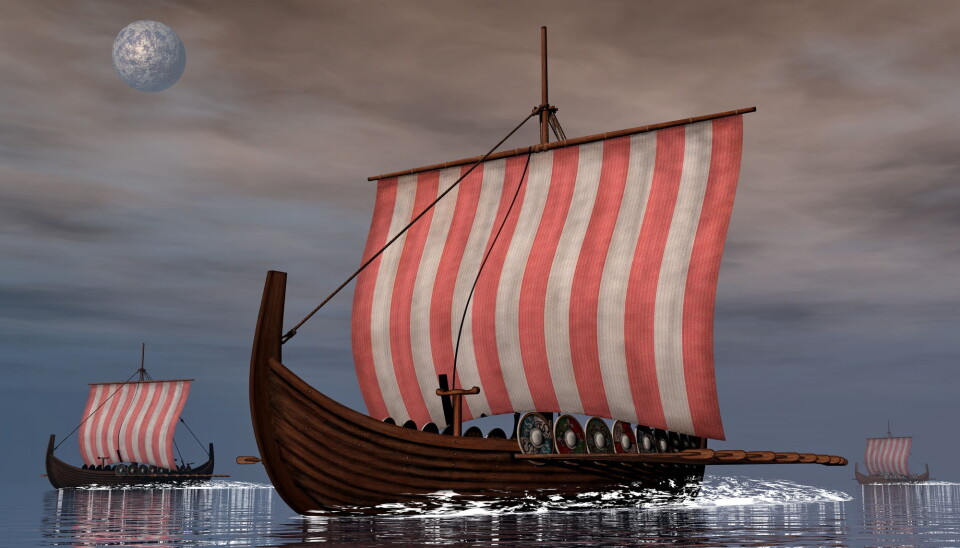
Walrus skin was also used to make ship ropes.
“These ropes were very solid. The Vikings needed to rely on their ropes when they were out at sea in severe weather,” he says.
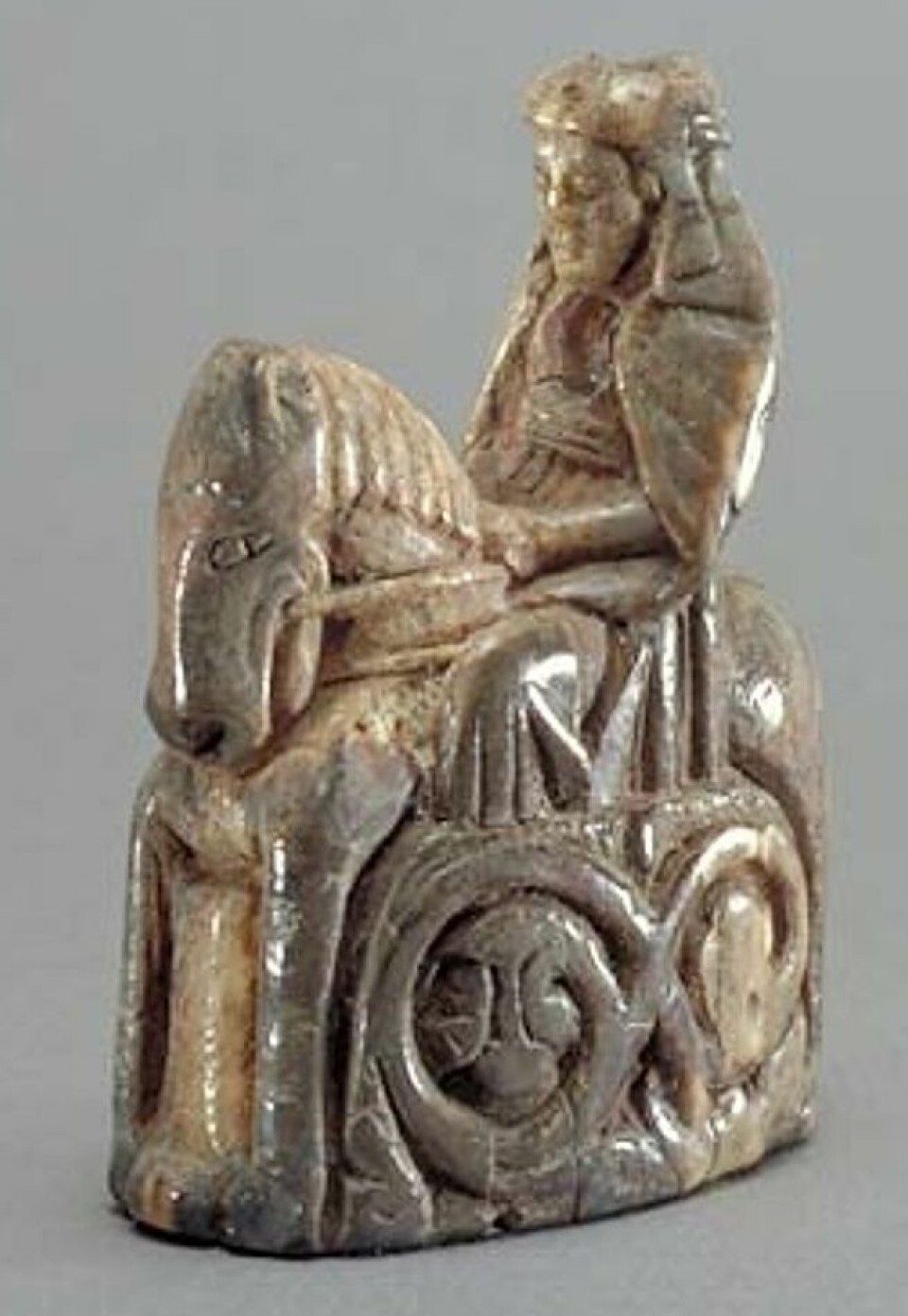
People had already learned by the Viking Age that it was possible to make walrus oil and whale oil. Special pits have been found in Finnmark County, in northern Norway, that were probably used to make and collect oil, says Bandlien. They ate the meat.
Many Vikings lived well from trading tusks. There are no written sources that Englishmen or Germans went all the way to the Arctic to hunt as early as this period, he says.
“The chieftains in Northern Norway became rich from Arctic commodities. One of the most famous sources of the time is Ottar's account. He was a merchant from Northern Norway who travelled to England, where he tells the king about hunting for walrus. It is one of the few contemporary sources we have from the Viking Age, says Bandlien.
Traded for swords and silver jewellery
The Norse inhabitants of Iceland were both residents and people who travelled a lot.
“The elite had enough ships to transport goods to England, Norway and further away. They could perhaps go back and forth a few years, and then finally settle down for good in Iceland”, says Bandlien.
“One of the things that might have attracted northerners to go to Iceland might just have been the hunting for walruses. It’s pretty far to travel to Greenland, Svalbard or other hunting areas. Instead they wiped out the strain of walrus found in Iceland. The walrus basically didn’t stand much of a chance against the Vikings.”
Hunting for walrus is also the most probable reason for why Norse people settled in Greenland later on.
The ship technology of the Vikings made it possible for them to travel far away for both Viking raids and trading.
“The most important things the Vikings would trade for using walrus tusks would be luxury items. Many of the amazing Viking treasures, like neck rings made out of silver, various jewellery and glass pearls came from afar. These things were popular back home. The elite also wanted good swords that they could show off when they came home," Bandlien said.
Lead author Xénia Keighley, from the Globe Institute in Copenhagen, says the new study shows that as early as the Viking Age, commercial hunting and trade networks were extensive enough to lead to irreversible changes in the marine ecosystems.
Reference:
Xénia Keighley et al.: “Disappearance of Icelandic walruses coincided with Norse settlement”. Molecular Biology and Evolution, 12 September 2019.
———












